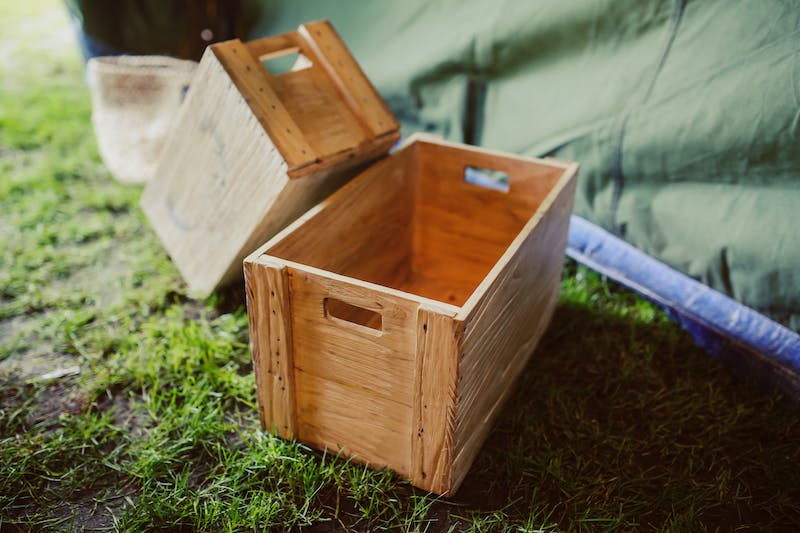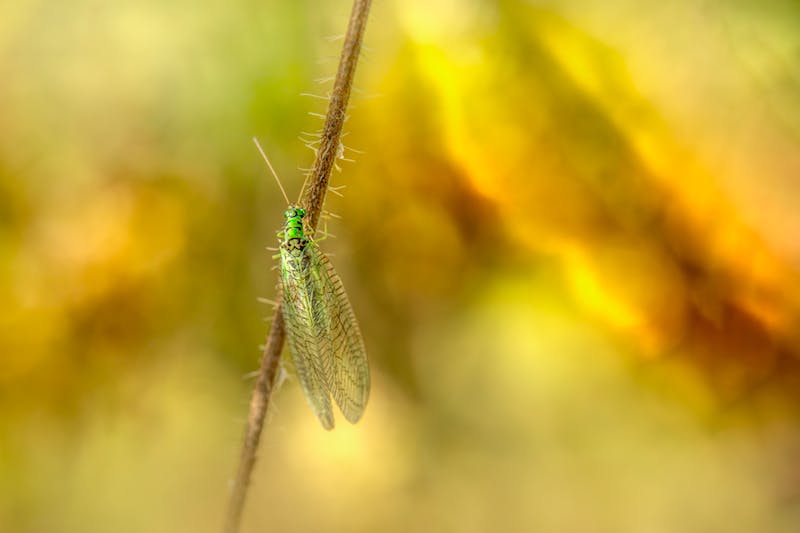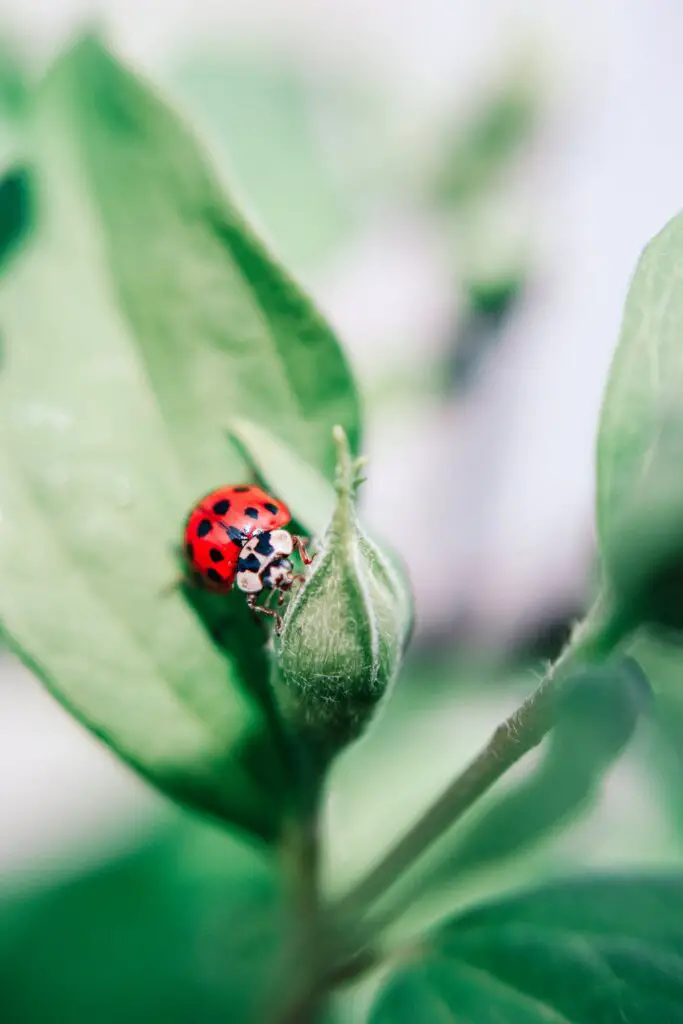Asparagus is a delicious and healthy vegetable that can be grown indoors using a planter. Asparagus is a perennial plant, meaning it will continue to produce for many years. Growing asparagus indoors allows you to have fresh asparagus all year round without the need for a garden. In this article, we will provide you with all the information you need to grow asparagus indoors using a planter.
Table of Contents
Choosing a Planter
The first step in growing asparagus indoors is to choose the right planter. Asparagus has a deep root system, so a deep planter is required. A container that is at least 18 inches deep and 12 inches wide (approximately 45 centimetres deep and 30 centimetres wide) is recommended. This will give the roots enough room to grow and allow the plant to thrive.
Another consideration when choosing a planter is drainage. Asparagus does not like to sit in wet soil, so it is essential to choose a planter with drainage holes. If your planter does not have drainage holes, you can drill a few holes in the bottom to allow for drainage.
Constructing a planter for indoor Asparagus
Constructing a planter for indoor asparagus is a great way to customize the growing space and ensure it meets the specific needs of your asparagus plants. To construct a planter, you will need to choose the right materials, such as untreated wood or food-grade plastic, and make sure it has drainage holes for proper drainage. The planter should be at least 18 inches deep and 12 inches wide (approximately 45 centimetres deep and 30 centimetres wide)to accommodate the deep root system of asparagus. You can also add a trellis or support system to the planter to help the asparagus plants grow upright. Once the planter is constructed, fill it with a well-draining potting mix and plant the asparagus crowns. With proper care and maintenance, your indoor asparagus plants will thrive in their new planter.


Choosing the Right Soil
The next step in growing asparagus indoors is to choose the right soil. Asparagus likes well-draining soil that is rich in nutrients. A good potting mix that contains peat moss, perlite, and vermiculite is ideal for growing asparagus. You can also add compost or aged manure to the potting mix to increase the nutrient content of the soil.
Preparing the Planter
Before planting your asparagus, you need to prepare the planter. Start by adding a layer of gravel or stones to the bottom of the planter. This will help with drainage and prevent the soil from becoming waterlogged. Next, add the potting mix to the planter, leaving about 2 inches (5 centimetres) of space at the top.
Planting the Asparagus
Now that your planter is ready, it is time to plant the asparagus. Start by soaking the asparagus crowns in water for a few hours before planting. This will help to rehydrate the roots and prepare them for planting. Next, dig a trench in the potting mix that is 6 inches deep and 6 inches wide (15 centimetres deep and 15 centimetres wide). Place the asparagus crowns in the trench, making sure they are spaced at least 12 inches apart. Cover the crowns with 2 inches (5 centimetres) of potting mix, and water them thoroughly.
Caring for the Asparagus
Once your asparagus is planted, it is important to care for it properly to ensure it grows healthy and strong. Asparagus requires plenty of sunlight, so place the planter in a sunny location, such as a south-facing window. Water the asparagus regularly, but make sure the soil is not waterlogged. Asparagus likes moist soil, but it does not like to sit in water. To check if the soil is moist, stick your finger into the soil. If it feels dry, water the plant.
Fertilising the Asparagus
Asparagus requires regular fertilisation to ensure it grows strong and healthy. You can fertilise your asparagus every two weeks with a balanced fertiliser that is high in nitrogen. Nitrogen is essential for the growth of asparagus, and a fertiliser that is high in nitrogen will help to ensure your asparagus grows strong and healthy.
Harvesting the Asparagus
Harvesting indoor asparagus is a simple process. Once the asparagus plants are well-established, you can start to harvest the asparagus spears when they reach 6-8 inches(15-20 centimetres)in length . To harvest the spears, simply cut them off at ground level using a sharp knife or scissors. It is important not to harvest all the spears at once, as this can weaken the plant. Instead, harvest the spears as they grow, leaving some on the plant to continue growing and producing. With proper care and maintenance, your indoor asparagus plants will continue to produce delicious asparagus for many years.
Pest control for indoor Asparagus
Pest control for indoor asparagus is an important aspect of its care. Common pests that can affect indoor asparagus include spider mites, aphids, and mealybugs. To prevent pest infestations, make sure to keep the asparagus plants clean and free of debris. Regularly inspect the plants for signs of pests and take action immediately if any are found. You can use natural pest control methods, such as spraying the plants with a solution of neem oil and water, or introducing beneficial insects, such as ladybugs or lacewings. If the pest infestation is severe, you may need to use chemical pesticides, but make sure to follow the instructions carefully and use them sparingly to avoid harming the asparagus plants.


Conclusion
Growing asparagus indoors in a planter can be a rewarding experience that yields delicious and nutritious crops. With proper care and maintenance, indoor asparagus plants can produce fresh asparagus year-round, regardless of the weather conditions outside. Constructing a planter for indoor asparagus is relatively simple, and there are a variety of materials and designs to choose from. Regular watering, fertilization, and pest control are essential to the success of indoor asparagus, but with a little bit of effort, you can enjoy fresh and healthy asparagus from the comfort of your own home.

